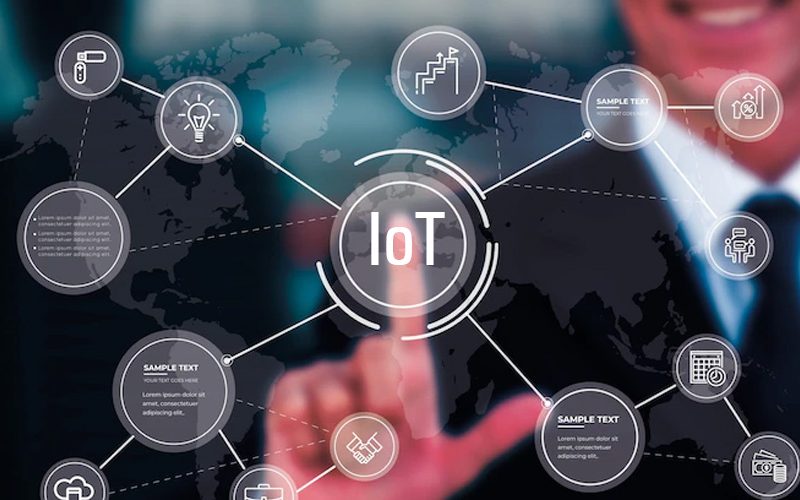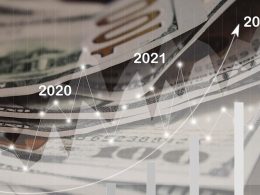10 Top Data Science applications and business use cases, you should know about now
The advancement of data science and advanced forms of analytics has resulted in a plethora of applications that provide improved insights and business value in the enterprise. Data science applications, methodologies, tools, and technologies, in particular, provide organizations with the capabilities they require to extract valuable information from ever-increasing amounts of highly variable data.
Big data tooling and artificial intelligence provide the power required to manage and analyze large amounts of data for applications ranging from predictive modeling to pattern recognition, anomaly detection, personalization, conversational AI, and autonomous systems. Indeed, data science and the data scientists who primarily perform it have been elevated from a wonky, academic side of IT to a core part of business operations.
1.Anomaly detection
The use of statistical analysis to detect anomalies in large data sets is a powerful application of data science. When dealing with small amounts of data, fitting data into clusters or groups and then identifying outliers may be a relatively simple exercise; however, when dealing with petabytes or exabytes of data, this task becomes significantly more difficult.
2.Pattern recognition
Identifying patterns in data sets is a fundamental data science project as well. Pattern recognition, for example, assists retailers and e-commerce companies in identifying trends in customer purchasing behavior. Making product offerings relevant and ensuring supply chain reliability is critical for organizations that want to keep their customers happy – and keep them from purchasing from competitors instead.
3.Predictive modeling
Data science aims to improve predictive modeling accuracy in addition to detecting patterns and outliers. While predictive analytics has been around for decades, data science is the application of machine learning and other algorithmic approaches to large data sets to improve decision-making capabilities by developing models that better predict customer behavior, financial risks, market trends, and other factors.
4.Recommendation engines and personalization systems
User and customer satisfaction are typically highest when products and services are tailored to people’s needs or interests, especially if they can get the right product at the right time, through the right channel, with the right offer communicated using the right message, and with the right level of service and attention. And keeping customers happy and engaged means they are more likely to return.
5.Classification and categorization
Data science tools have demonstrated real-world capabilities for sorting through large amounts of data and categorizing or classifying it based on learned characteristics. This is especially useful when dealing with unstructured data. Unstructured data is much more difficult to process and analyze than structured data, which can be easily searched and queried using a schema. Unstructured data includes emails, documents, images, videos, audio files, and various types of text and binary information. Mining that data for valuable insights was difficult until recently.
6.Sentiment and behavioral analysis
Data scientists are digging through reams of data to understand the sentiments of customers or users and their behavior, leveraging the data analysis capabilities of machine learning and deep learning systems. Data science enables organizations to more effectively identify buying and usage patterns, as well as what people think about products and services and how satisfied they are with their experience, through sentiment analysis and behavioral analysis applications. These applications can also categorize and track customer sentiment and behavior over time.
7.Conversational systems
One of the first applications of machine learning was the creation of a chatbot capable of having somewhat lifelike conversations without the need for human intervention. In fact, Alan Turing’s Turing Test, developed in 1950, employs a conversational format to determine whether a system can mimic human intelligence. As a result, it’s no surprise that businesses are turning to chatbots and other conversational systems to supplement existing workflows and take over some tasks that were previously handled by humans.
8.Autonomous systems
Speaking of cars, the self-driving car has long been a dream of AI enthusiasts. Wouldn’t it be nice to get in a car or truck and let it drive while you do other things without having to worry about what’s happening on the road? Data science is playing an important role in the ongoing development of self-driving cars, as well as AI-powered robots and other intelligent machines.
9.Drug Development
The drug discovery process is extremely complex and involves numerous disciplines. The most brilliant ideas are frequently constrained by billions of dollars in testing, as well as massive financial and time investments. An official submission takes an average of twelve years. Data science applications and machine learning algorithms help to simplify and shorten this process by bringing a new perspective to each step, from the initial screening of drug compounds to the prediction of success rates based on biological factors.
10.Targeting Advertising
If you thought Search was the most important data science application, consider this: the entire digital marketing spectrum. From display banners on various websites to digital billboards at airports, almost all of them are determined by data science algorithms. This is why digital advertisements have a much higher CTR (Call-Through Rate) than traditional advertisements. They can be tailored to a user’s previous actions.







